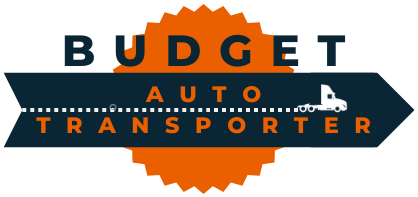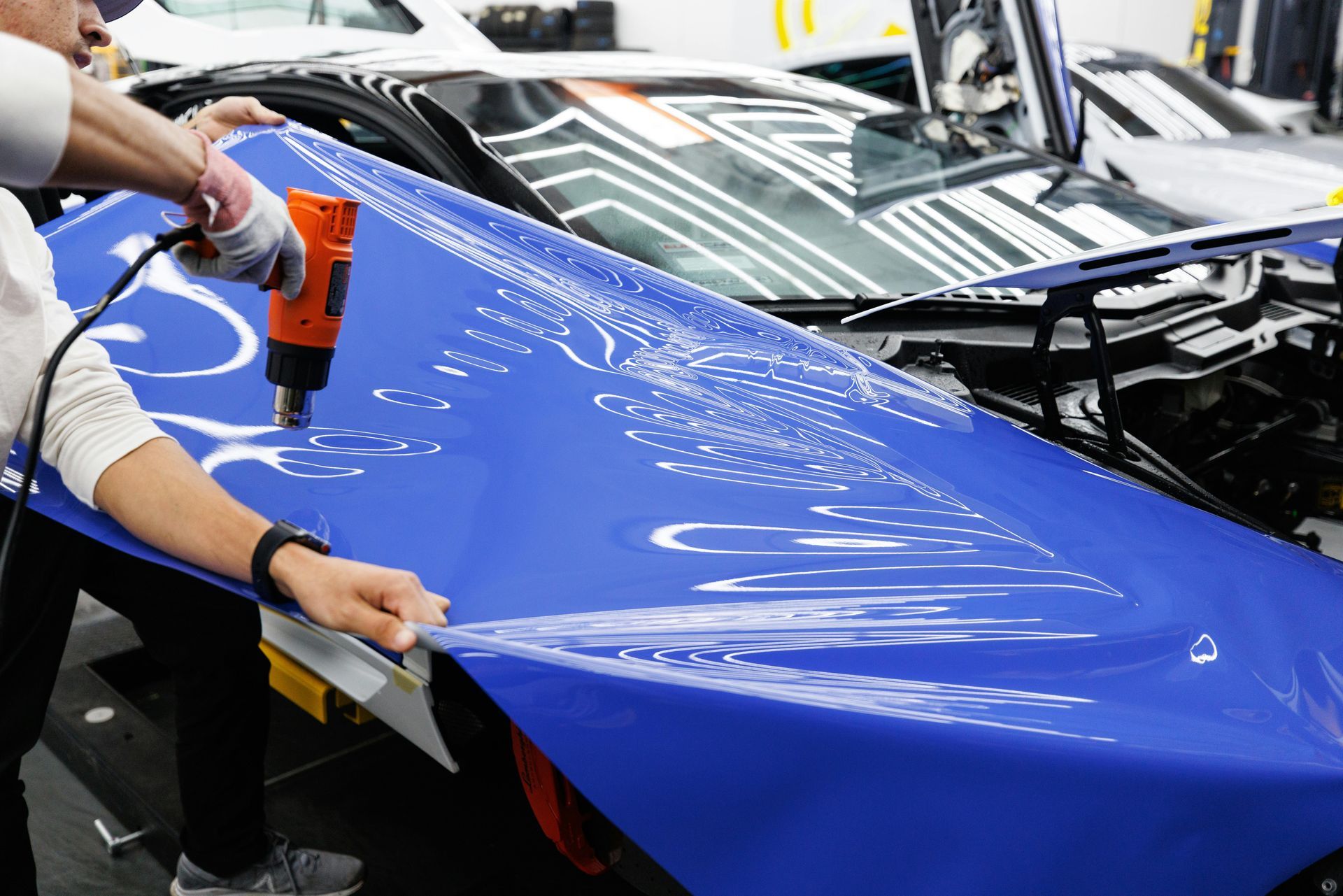Ensuring Safe Travels: A Comprehensive Guide to Fleet Safety at Budget Auto Transporter
March 21, 2024
Every day, our fleet vehicles crisscross the nation's highways, transporting vehicles, people, and goods. However, this journey isn't without its risks. Accidents involving fleet vehicles can lead to serious consequences, from injuries to financial losses. In this blog, we'll dive deep into the common causes of fleet accidents and provide a detailed guide with numerous tips and best practices to enhance safety within our fleet at Budget Auto Transporter.
Common Causes of Fleet Accidents:
Understanding why accidents happen is crucial in preventing them:
- Driver Fatigue: Driving for long hours can make drivers tired and slow to react.
- Distracted Driving: Doing things like texting or eating while driving can take a driver's focus away from the road.
- Poor Vehicle Maintenance: Not taking care of vehicles properly can lead to mechanical problems.
- Speeding: Going too fast increases the chance of accidents.
- Aggressive Driving: Tailgating and weaving in and out of traffic can cause crashes.
Tips and Best Practices for Fleet Safety:
1.Implement a Comprehensive Driver Training Program:
Create a thorough training program that teaches drivers how to drive safely and follow the rules of the road. Include things like defensive driving techniques and regular updates on traffic laws.
2. Establish and Enforce a Strict Driving Policy:
Make a clear set of rules for driving that everyone has to follow. Make sure drivers know they can't do things like use their phones while driving and that they need to take breaks when they're tired.
3.Regularly Maintain and Inspect Fleet Vehicles:
Make sure vehicles get checked regularly to make sure they're safe to drive. Check things like tires and brakes to make sure they're working right.
4.Utilize GPS Tracking and Telematics Technology:
Use GPS and other technology to keep track of where vehicles are and how they're driving. This can help managers see if drivers are doing things like speeding or braking too hard.
5.Encourage a Culture of Safety Within the Company:
Make safety something that everyone cares about. Talk about safety goals with the team and give rewards to drivers who drive safely. Make sure drivers feel like they can talk about safety concerns without getting in trouble
6.Provide Ongoing Training and Support:
Keep teaching drivers about safety even after they finish their initial training. Give them support and advice if they're having trouble or if they see something unsafe happening on the road.
7.Use Technology to Improve Safety:
Consider using technology like automatic braking or lane departure warnings to help keep drivers safe. These kinds of systems can help prevent accidents by warning drivers if they're getting too close to other cars or if they start drifting out of their lane.
8.Encourage Good Driving Habits:
Teach drivers to drive defensively and be aware of their surroundings. Encourage them to leave plenty of space between their vehicle and the one in front of them and to use their turn signals when changing lanes.
9.Regularly Review and Update Policies:
Make sure safety policies are up to date and reflect current best practices. Review them regularly and make changes as needed based on feedback from drivers and changes in regulations.
10.Promote a Positive Safety Culture:
Make safety a priority in everything we do. Celebrate safety milestones and recognize drivers who consistently demonstrate safe driving practices.
Conclusion:
Prioritizing safety is essential for protecting our drivers, vehicles, and reputation at Budget Auto Transporter. By following these comprehensive tips and best practices, we can build a safer fleet environment, minimize accidents, and ensure the well-being of everyone on the road. Let's work together to make safety our top priority and ensure safe travels for all.














